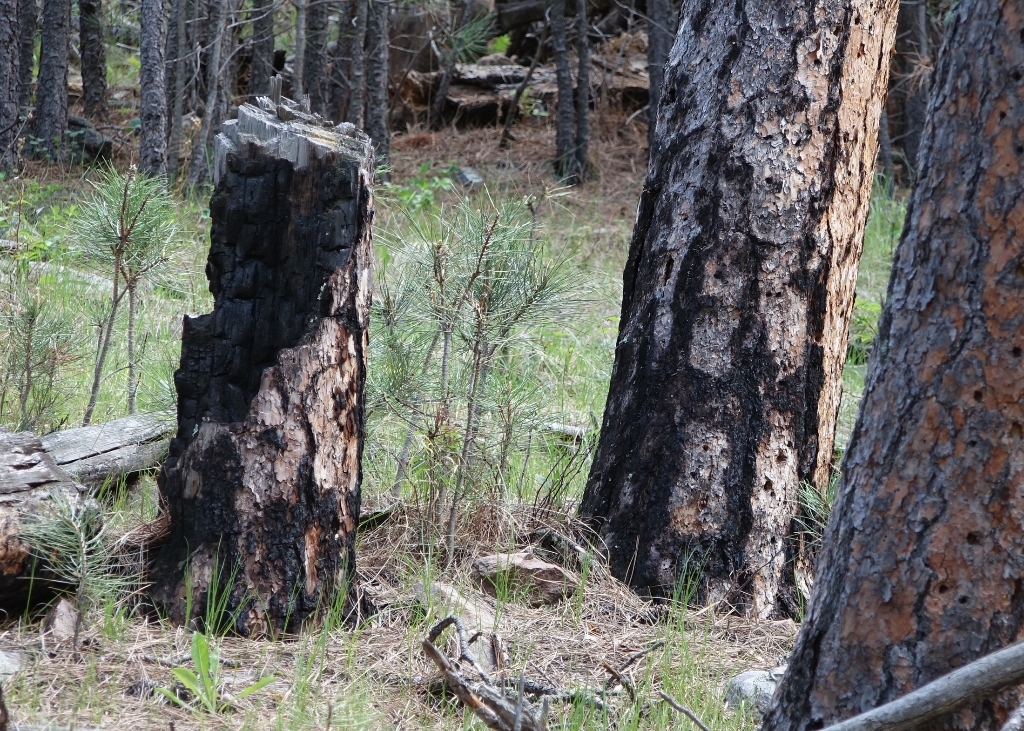
One result of the 2005 fire was to leave dead standing trees called snags. You can see some of these to the right of the trail. Snags attract many forms of wildlife. For example some insects, such as longhorned beetles, lay their eggs in slips cut into the bark. When the larvae emerge from the eggs, they initially bore into the nutritious inner bark and eventually tunnel through the wood before developing into adult beetles. Some boreholes may be seen if you look closely at these snags.
The longhorned beetled and the other insects found on the snags are an important food for many types of birds. Over time, the snags may become nesting sites for the common flicker and black-capped chickadee.
Is there something we missed for this itinerary?
Itineraries across USA

Acadia

Arches National Park

Badlands
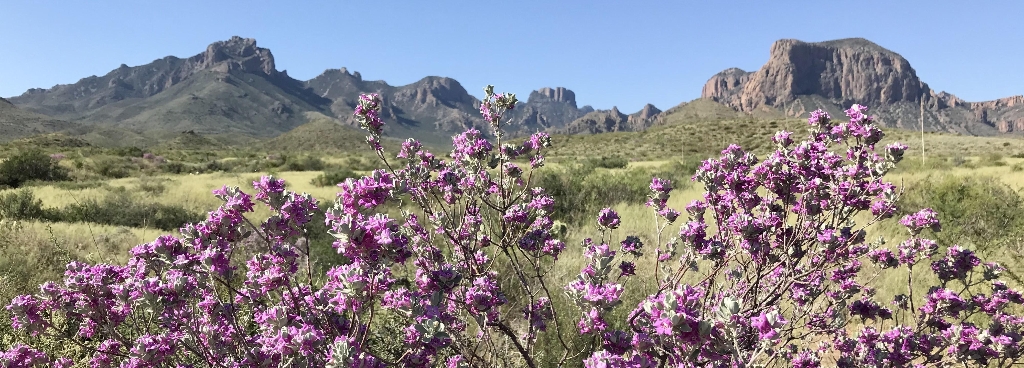
Big Bend
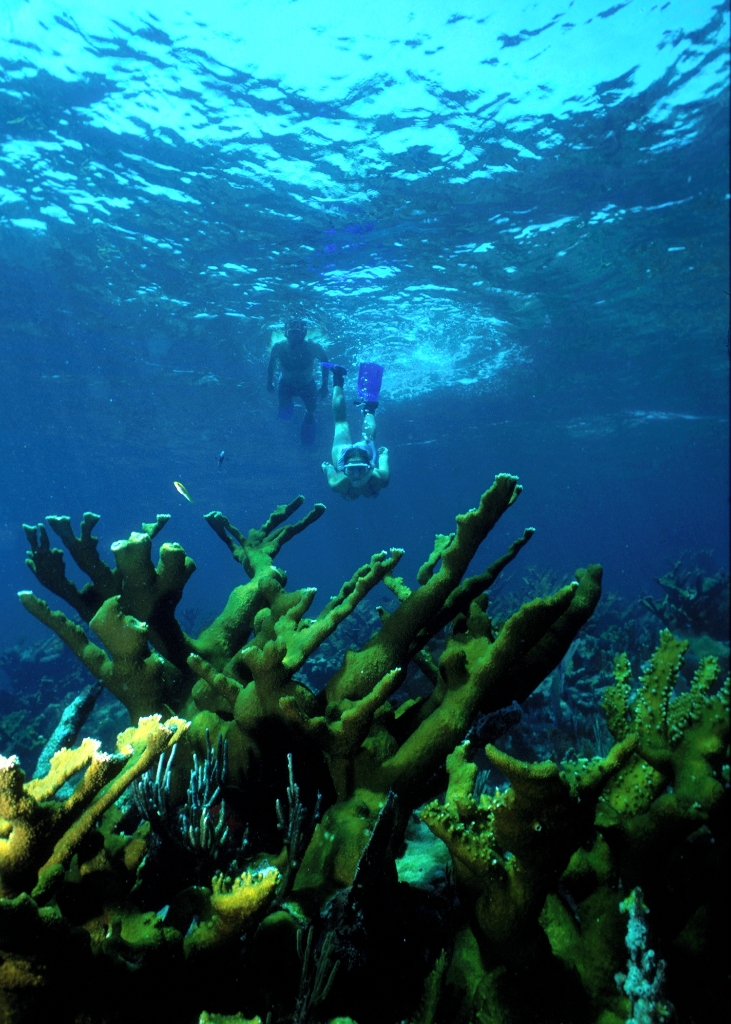
Biscayne

Black Canyon Of The Gunnison
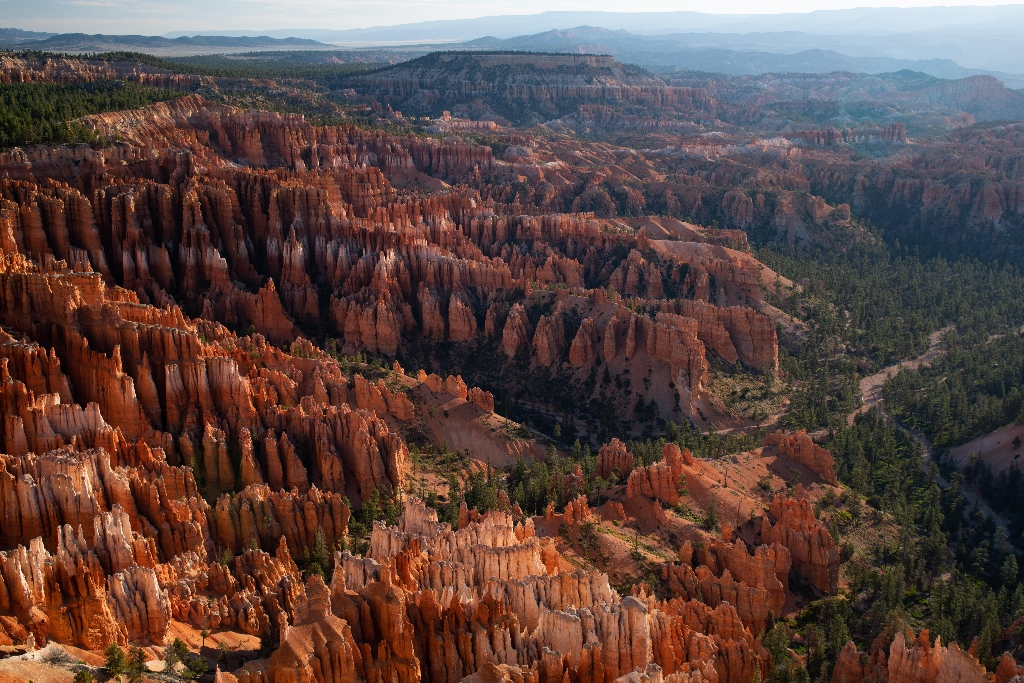
Bryce Canyon
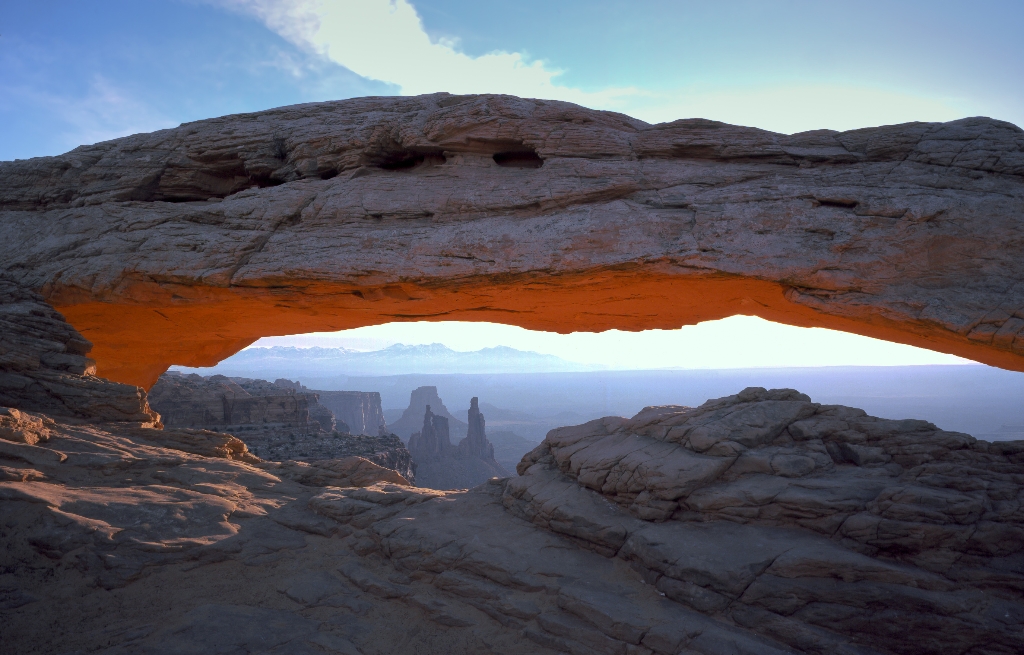
Canyonlands
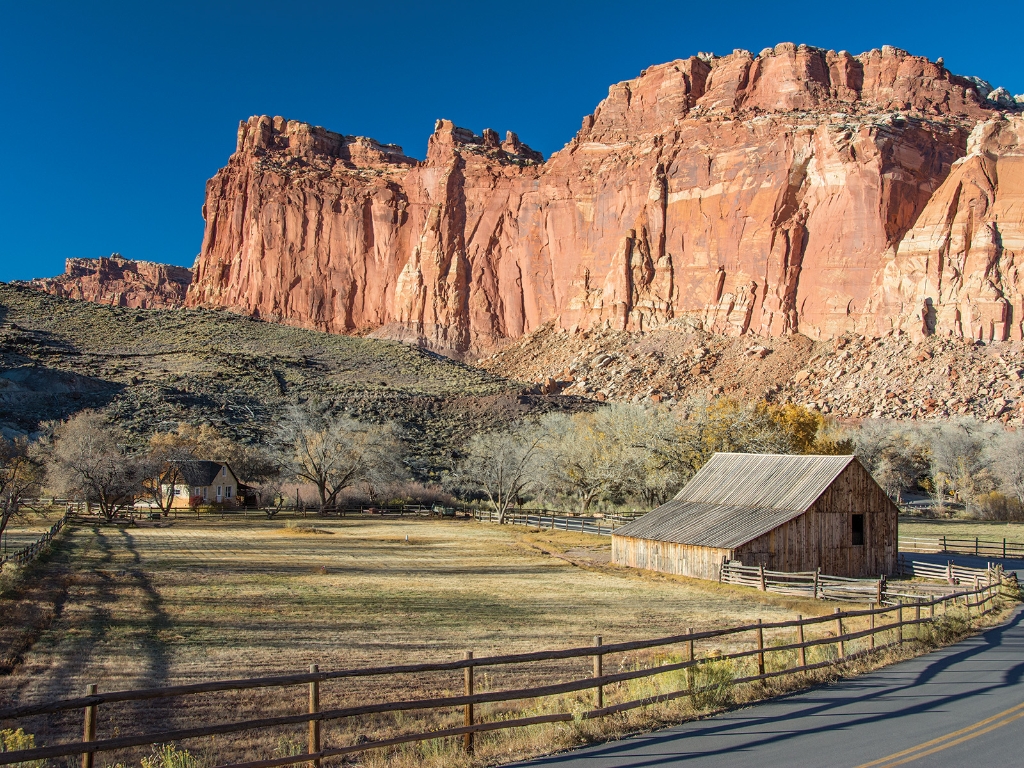
Capitol Reef
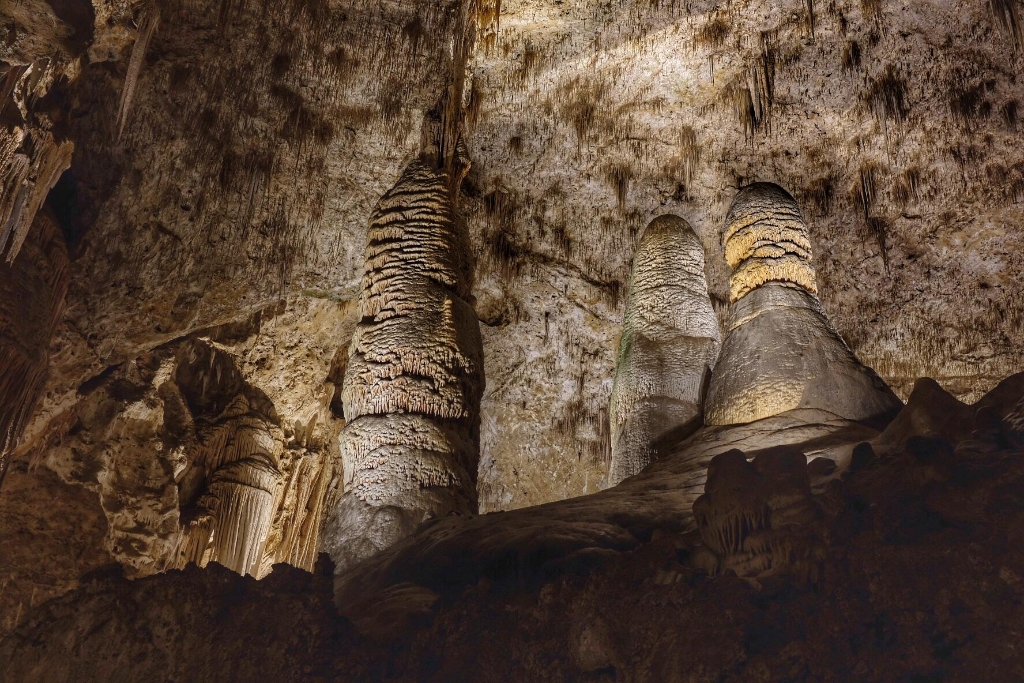
Carlsbad Caverns
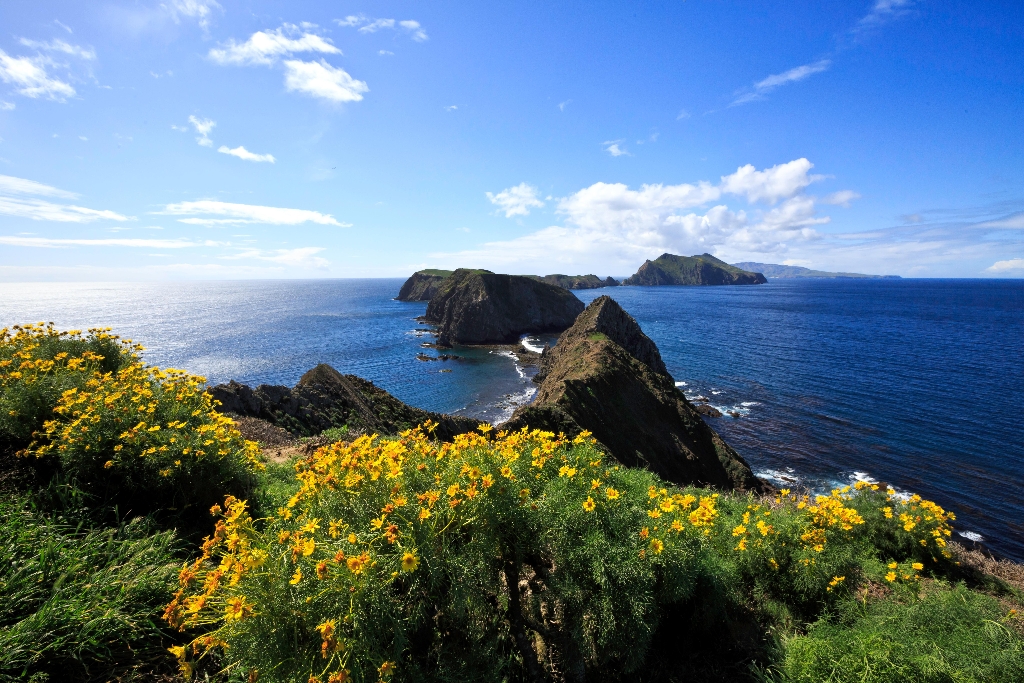
Channel Islands
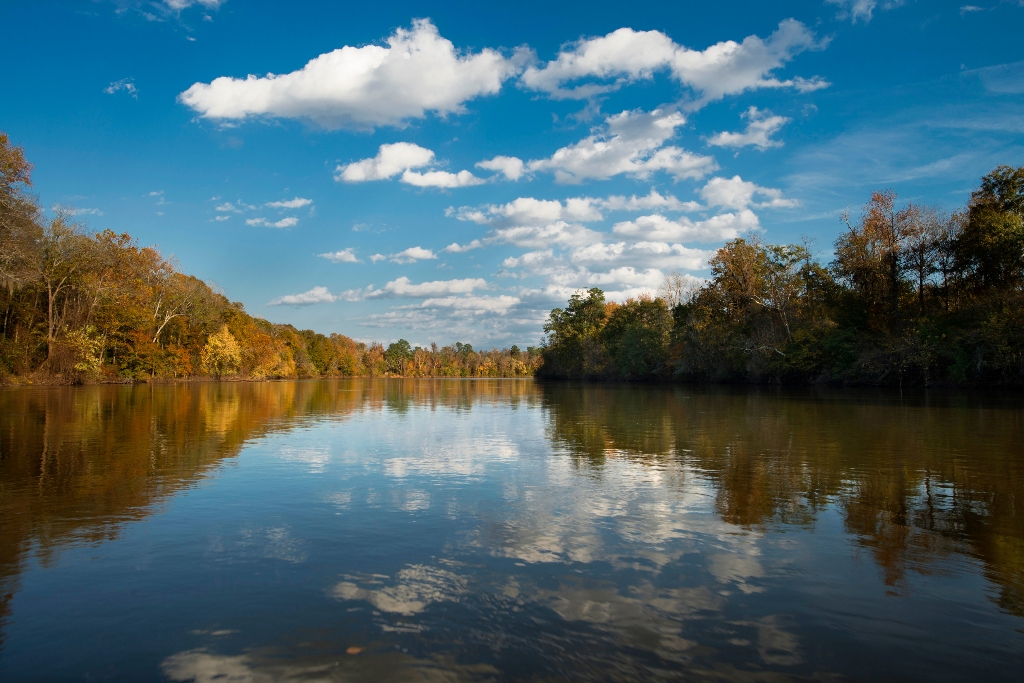
Congaree
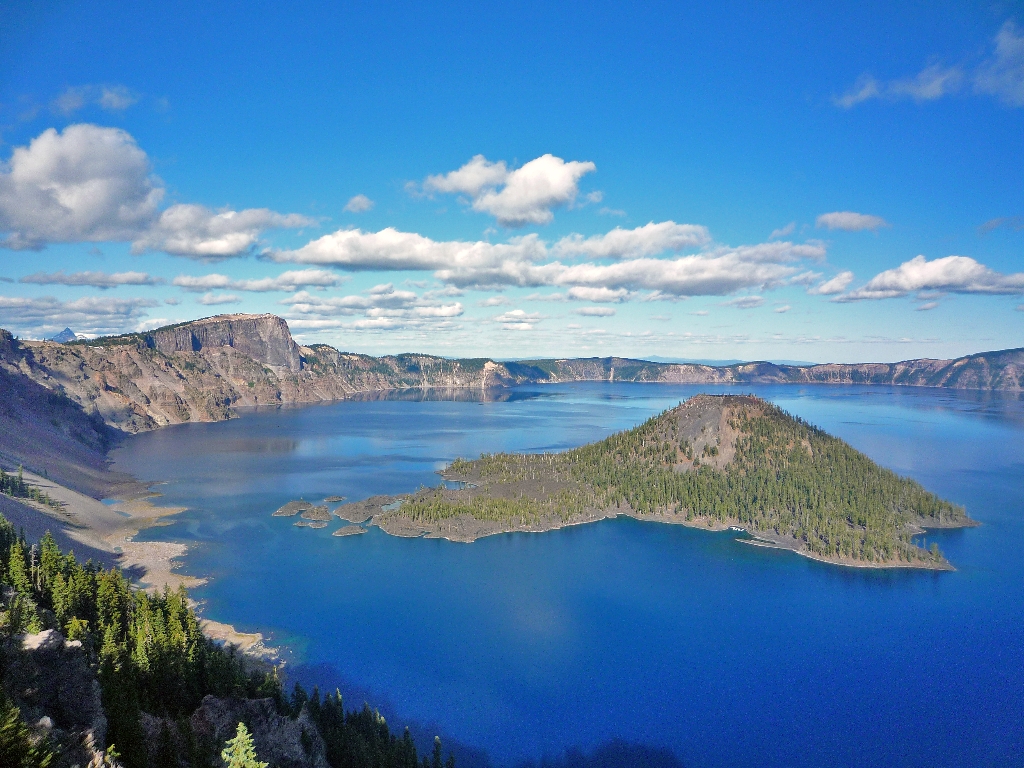
Crater Lake
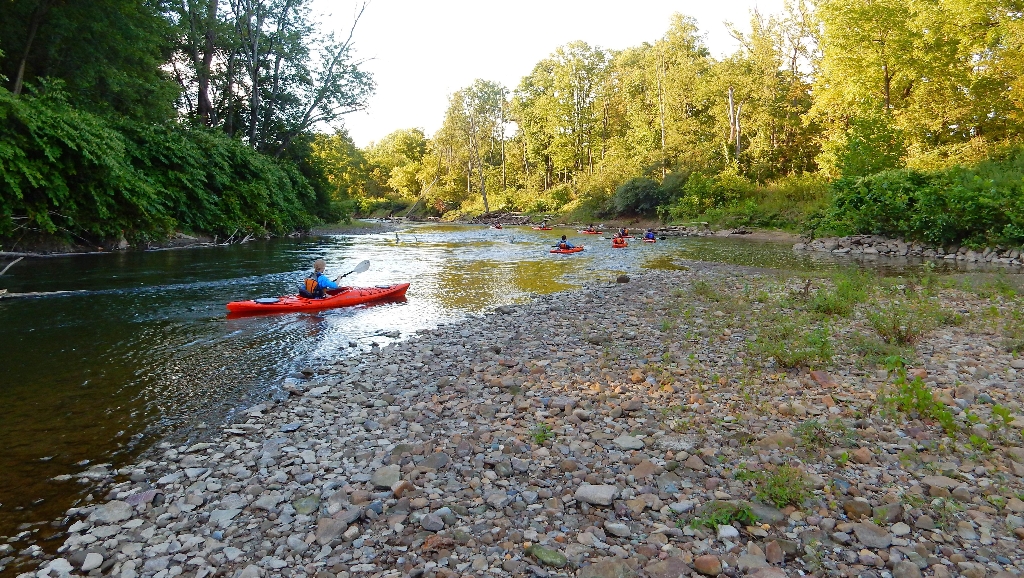
Cuyahoga Valley

Death Valley

Dry Tortugas
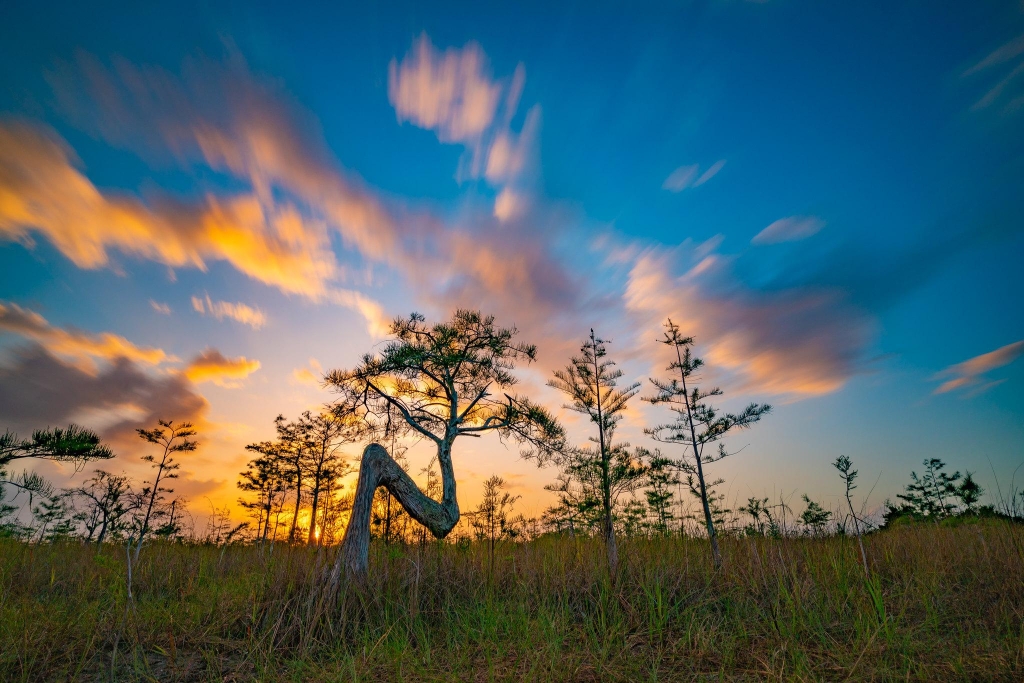
Everglades

Gateway Arch

Glacier
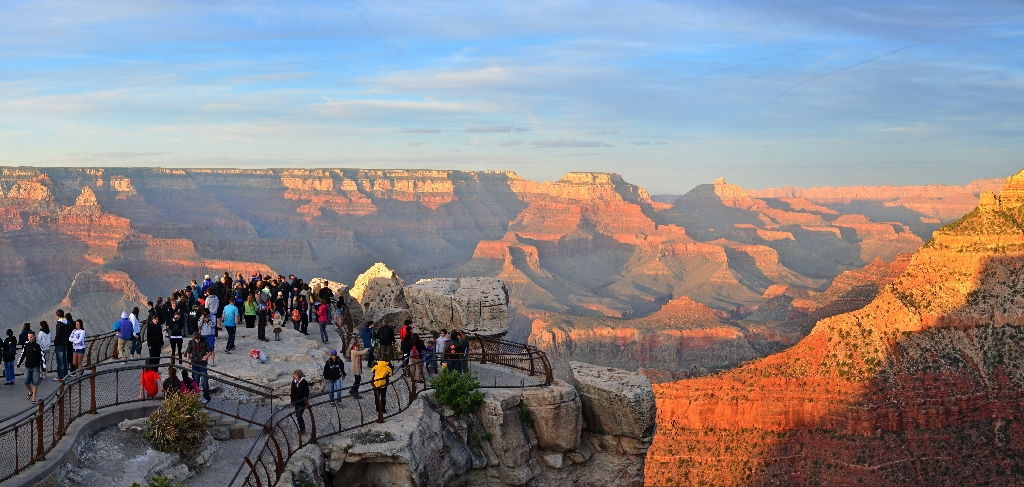
Grand Canyon

Grand Teton
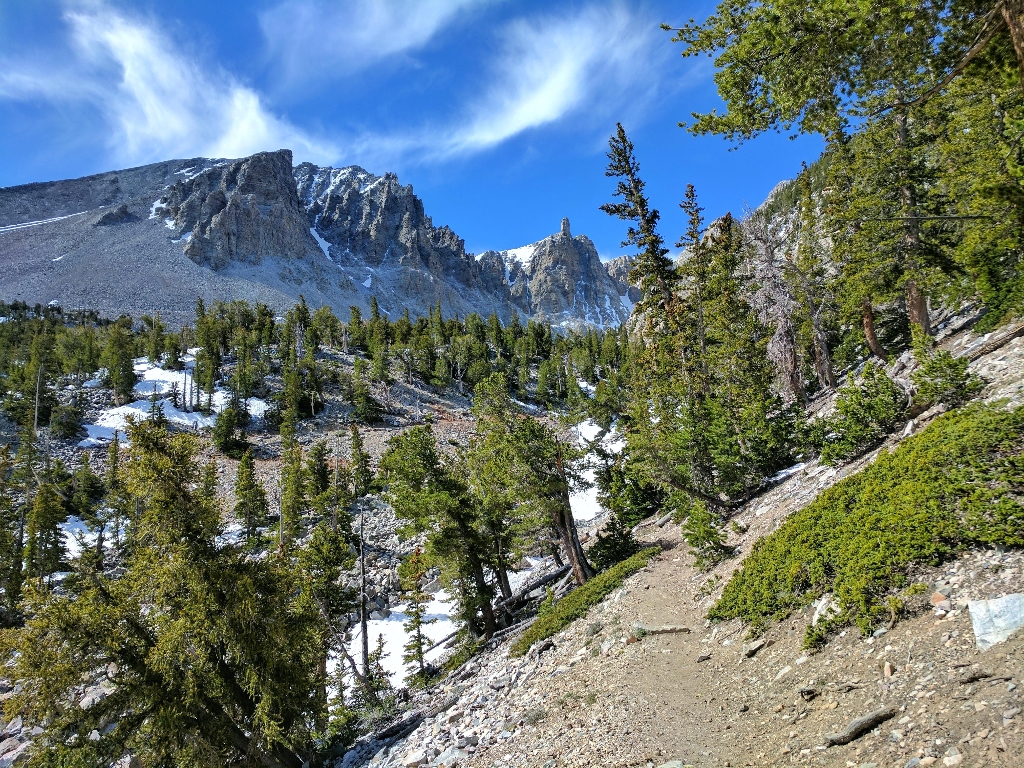
Great Basin
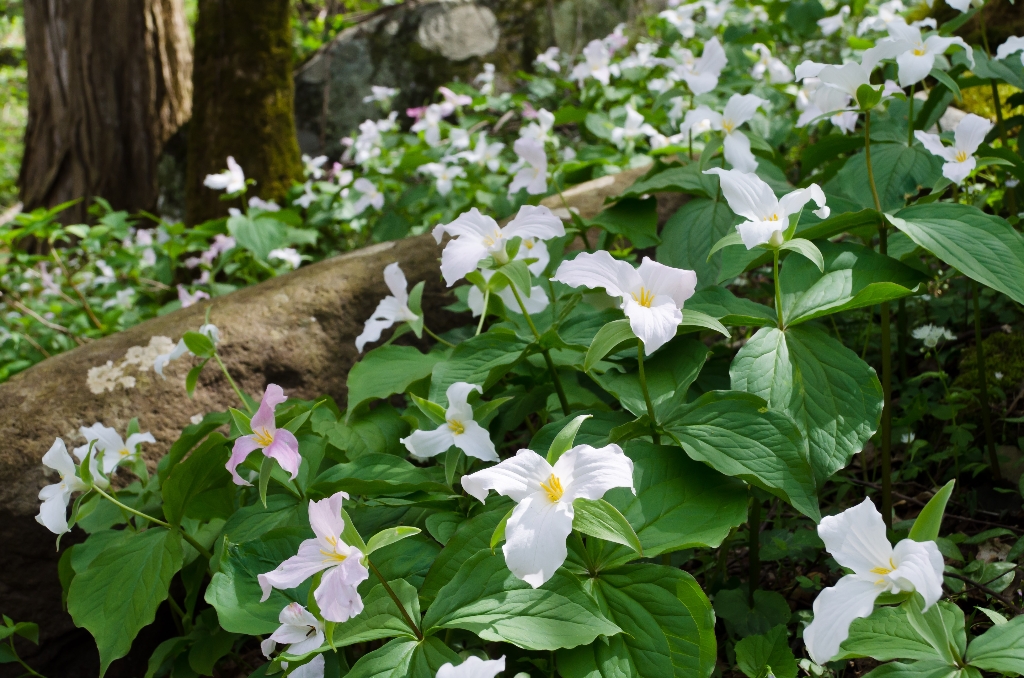
Great Smoky Mountains
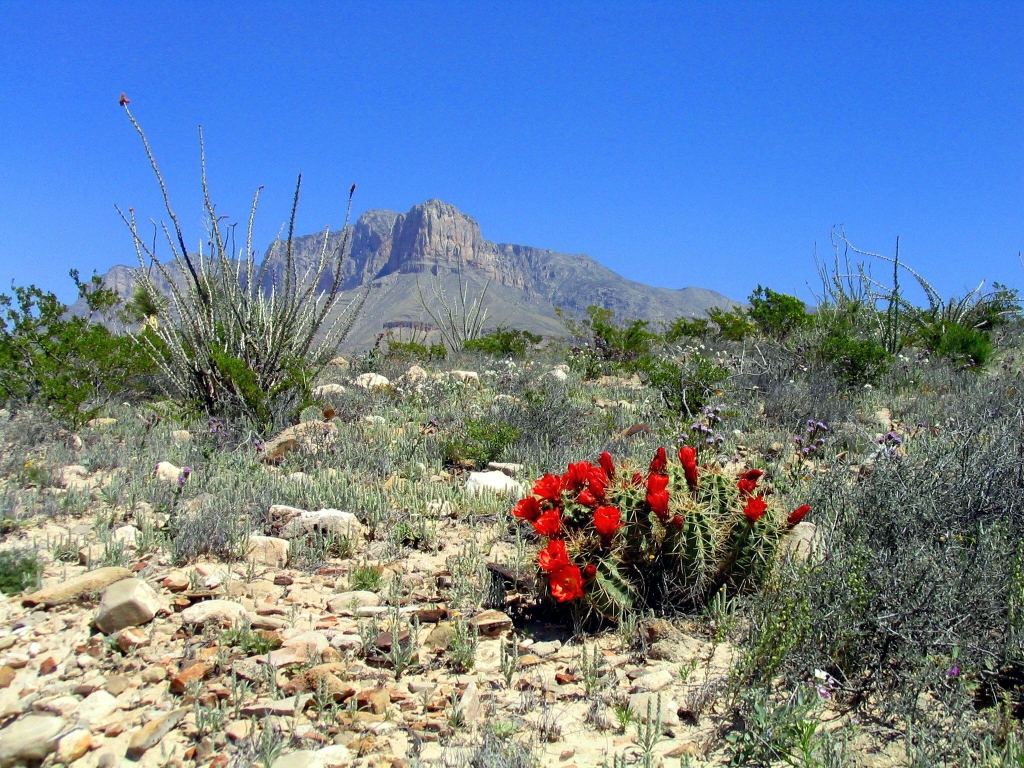
Guadalupe Mountains

Haleakalā

Hawaiʻi Volcanoes

Hot Springs
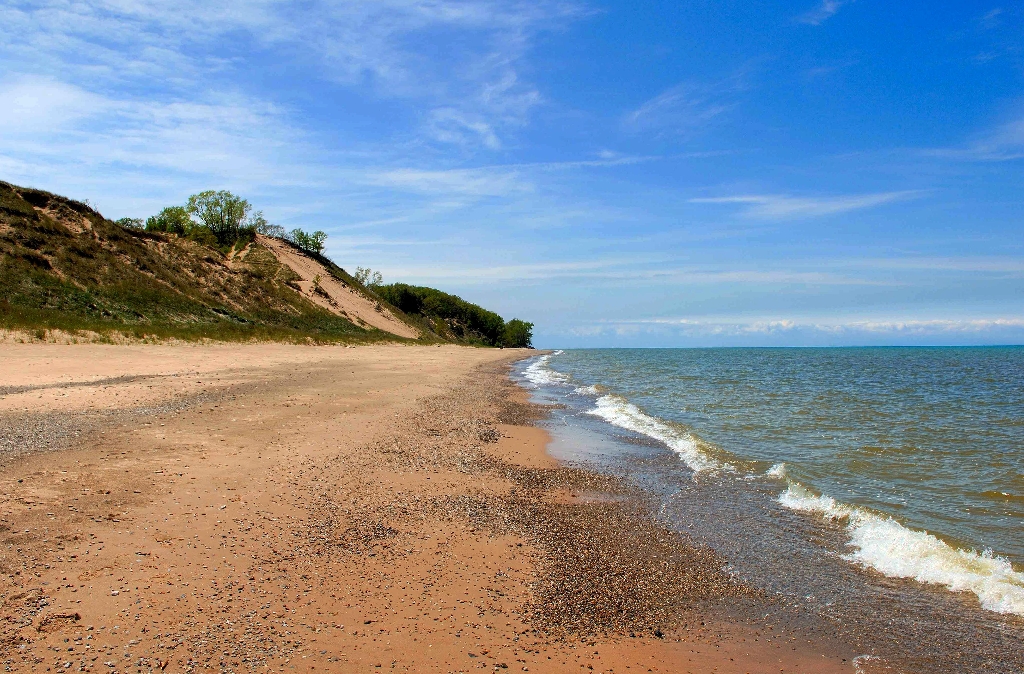
Indiana Dunes
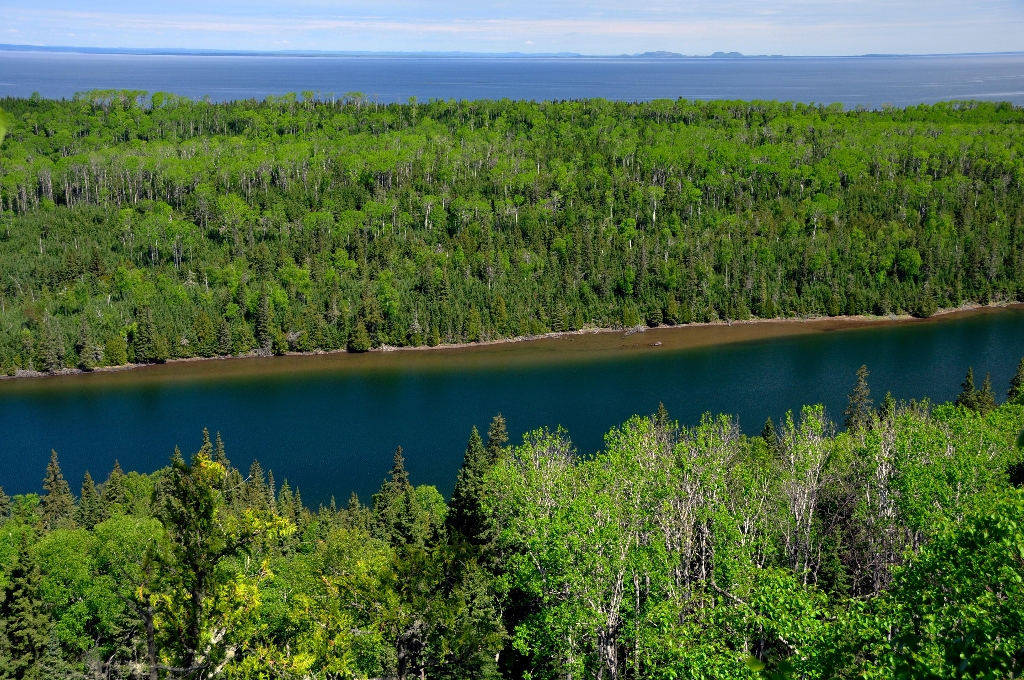
Isle Royale
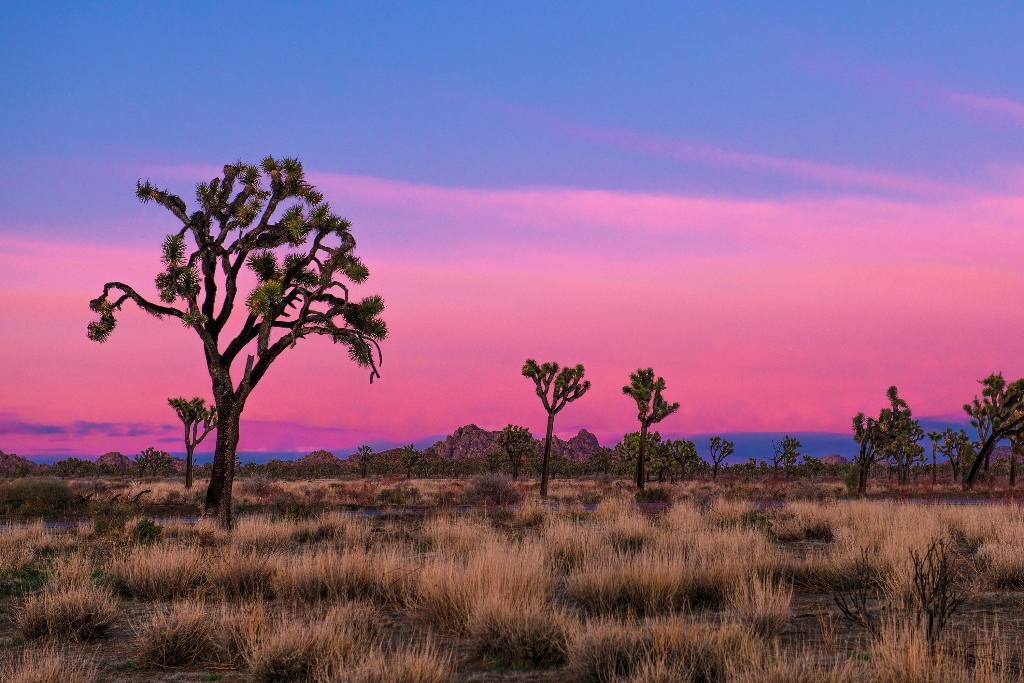
Joshua Tree

Kenai Fjords

Kobuk Valley
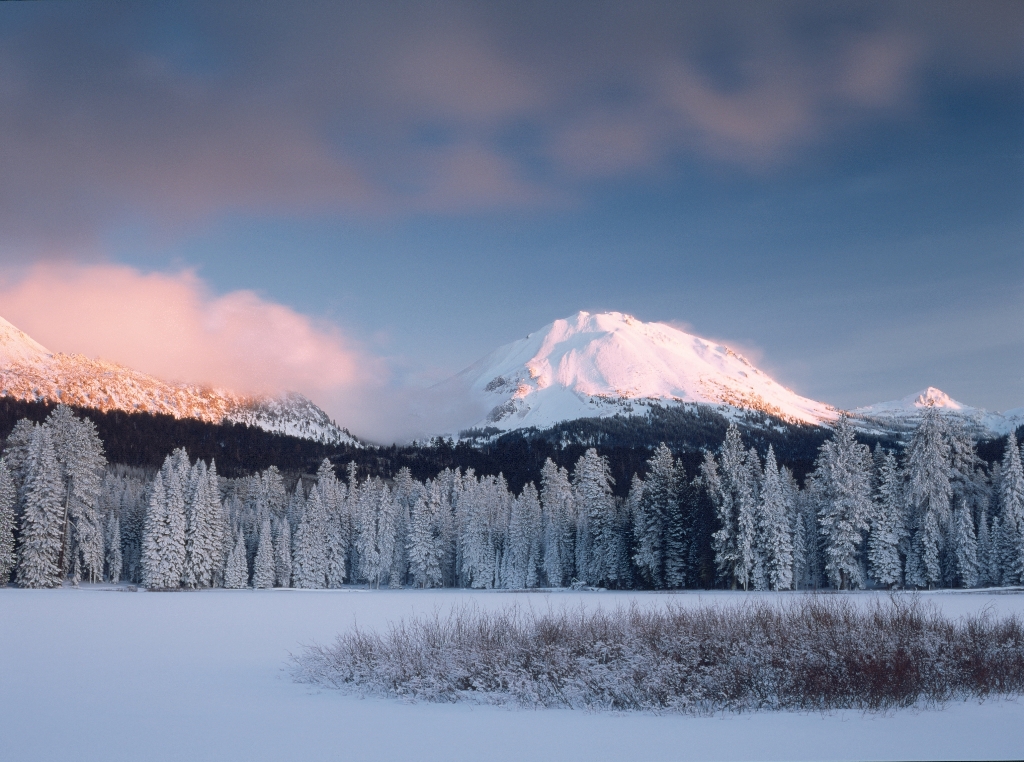
Lassen Volcanic
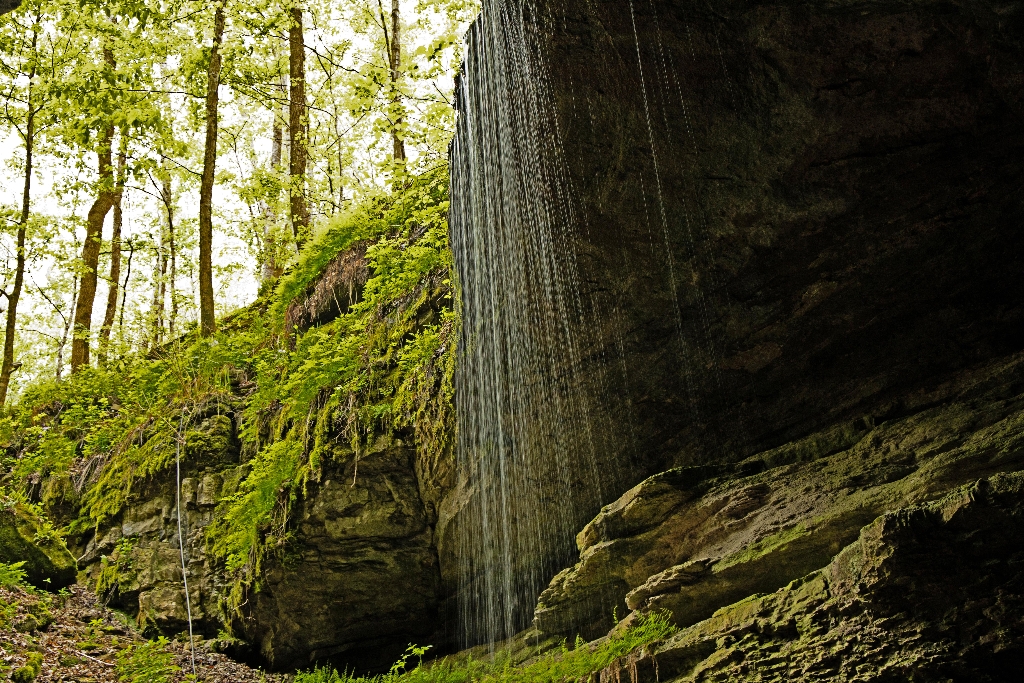
Mammoth Cave
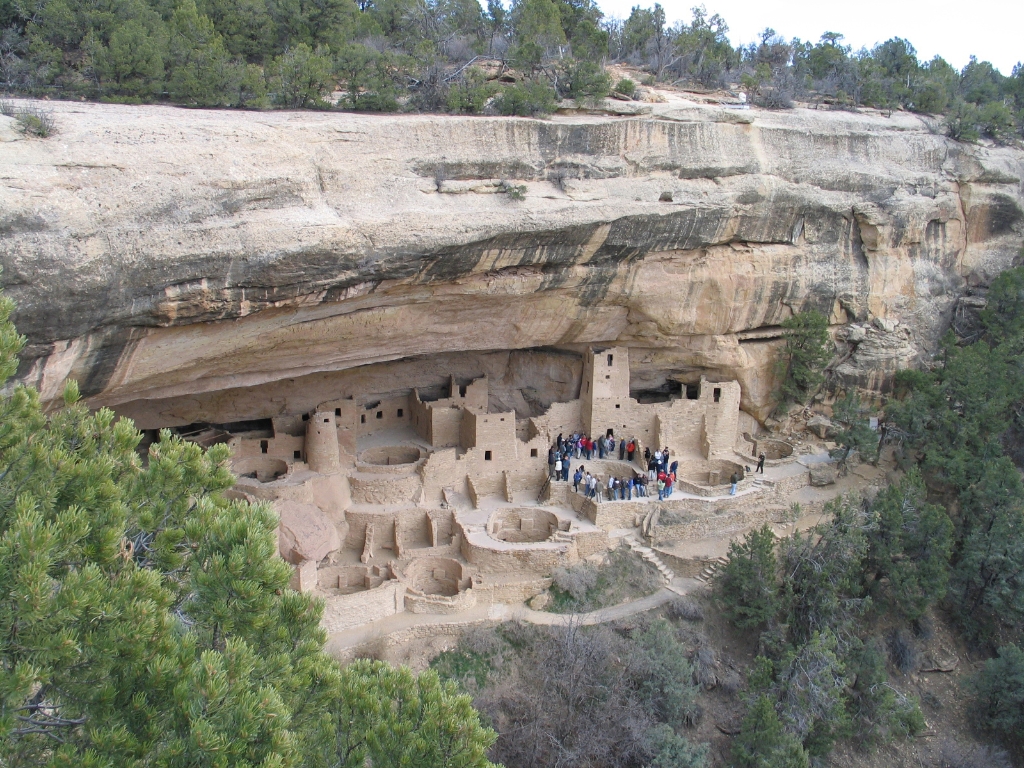
Mesa Verde

Mount Rainier

North Cascades

Olympic
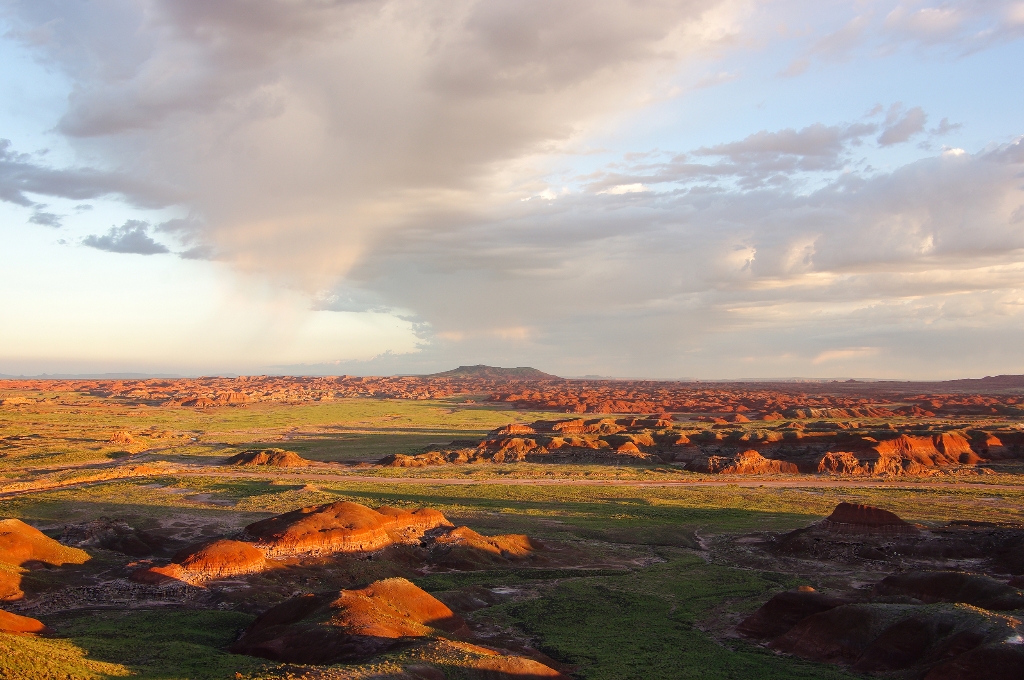
Petrified Forest
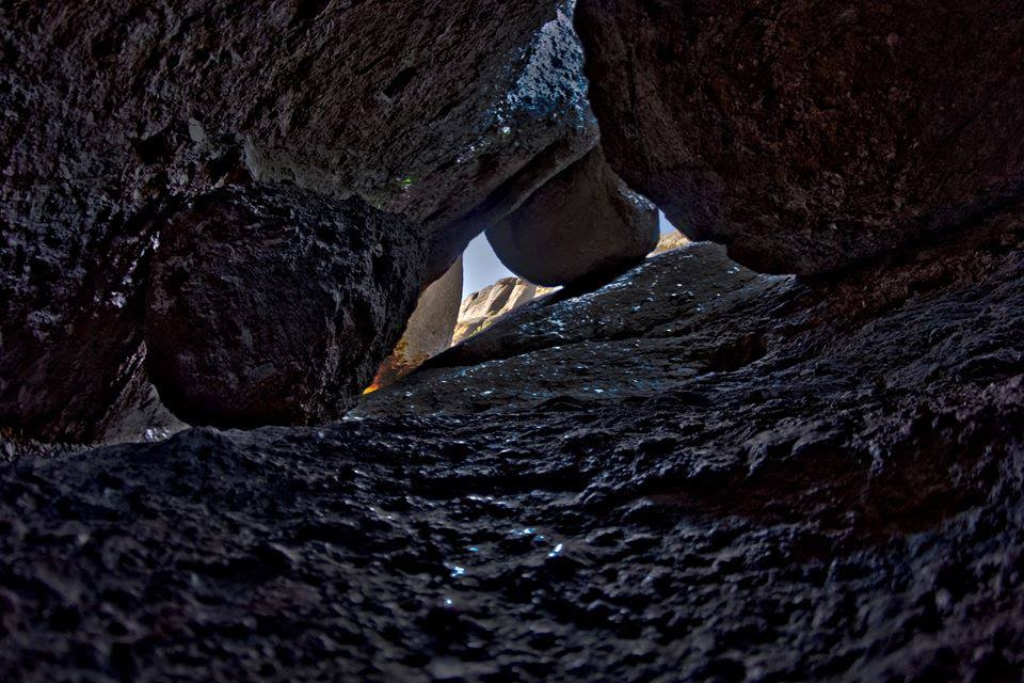
Pinnacles
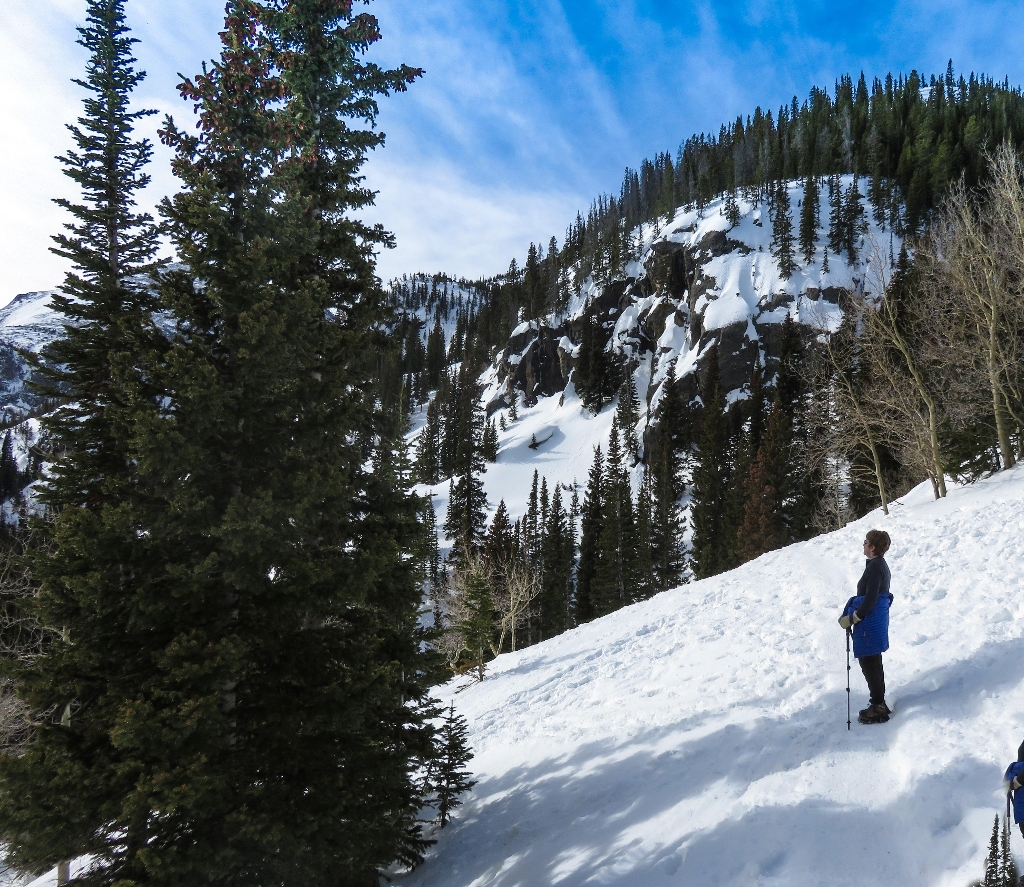
Rocky Mountain
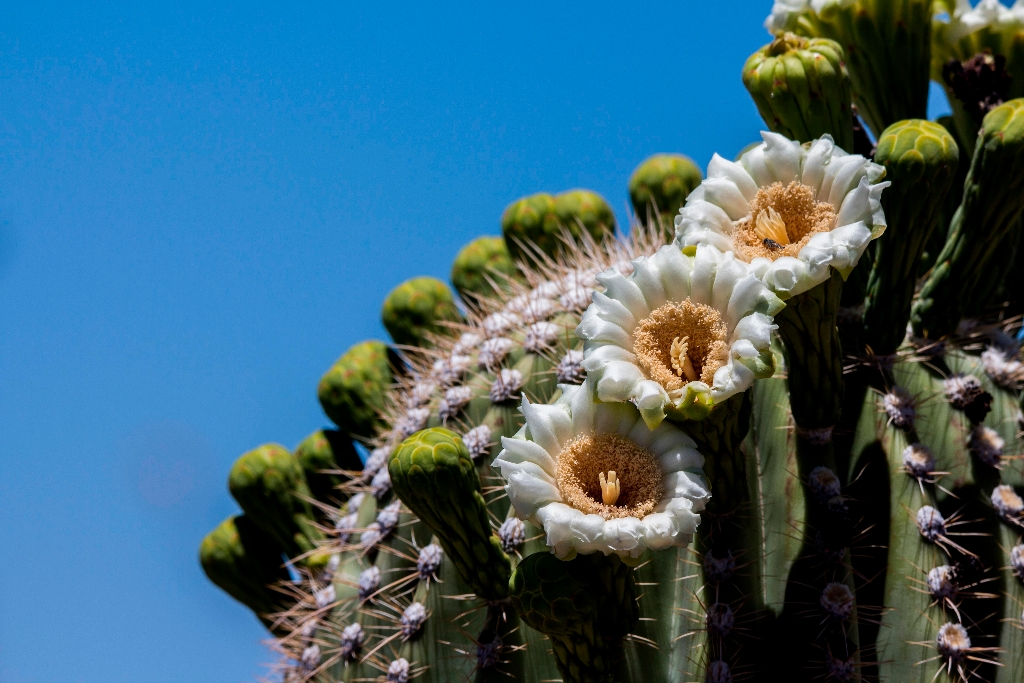
Saguaro
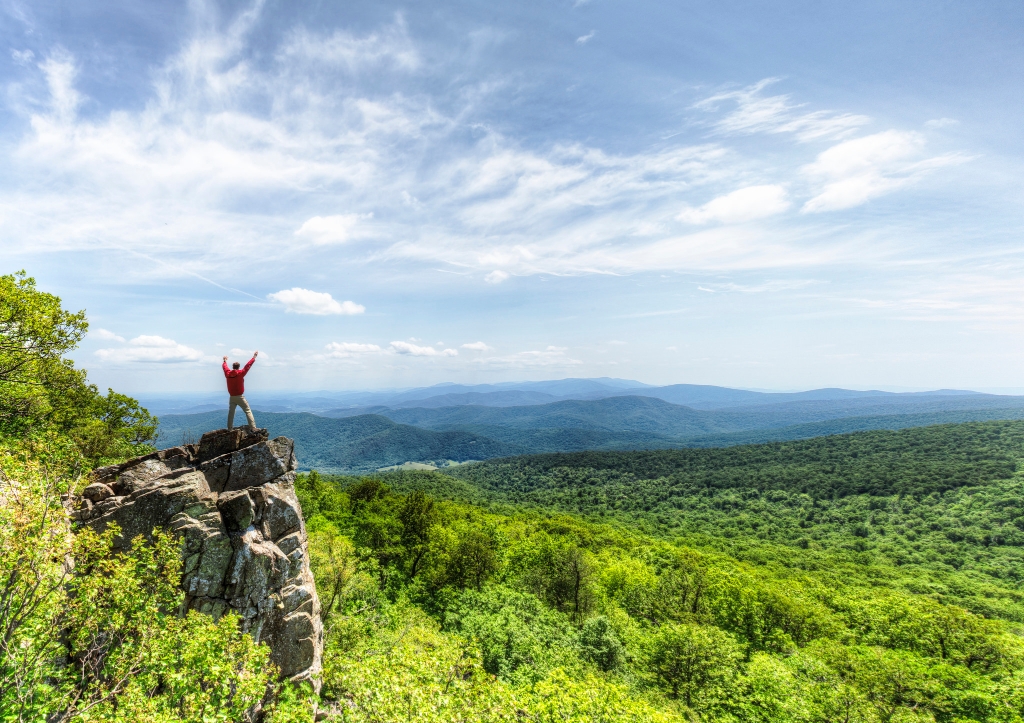
Shenandoah
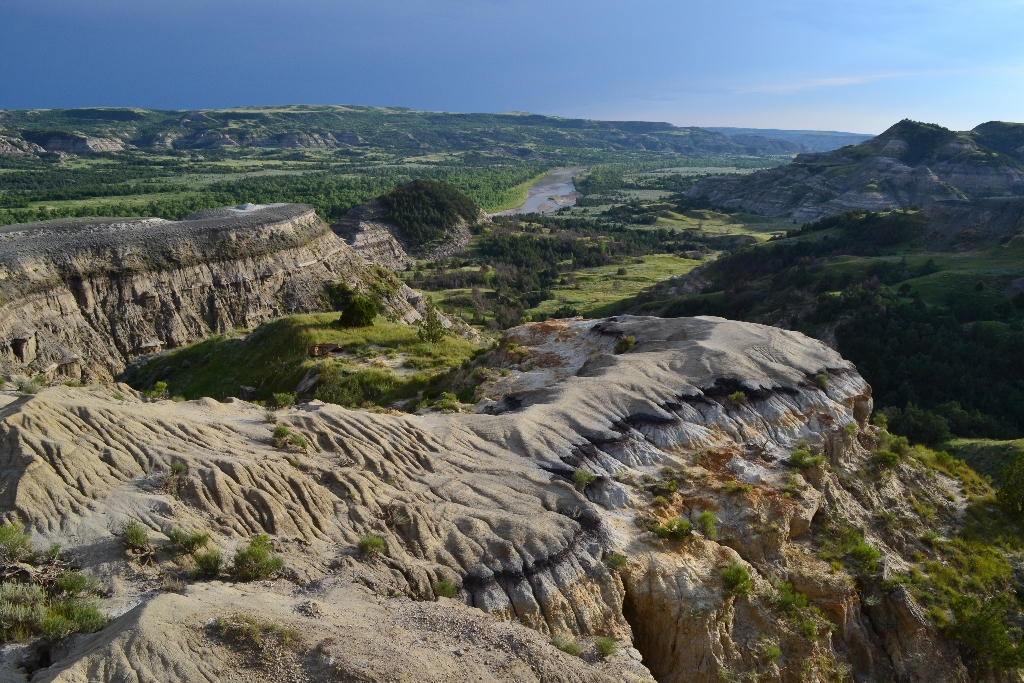
Theodore Roosevelt

Virgin Islands
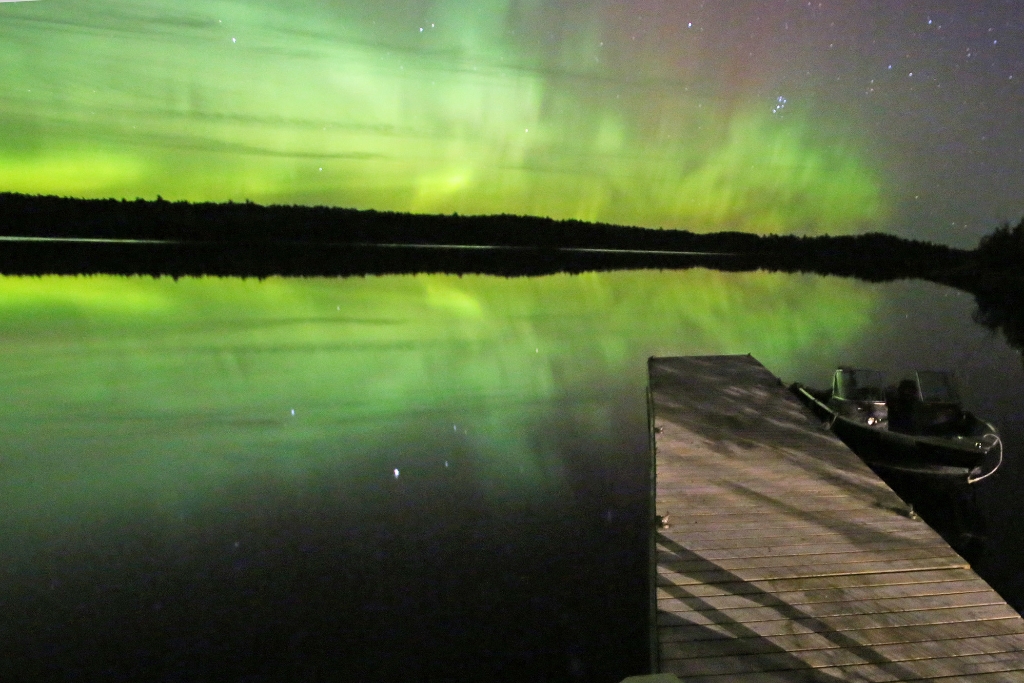
Voyageurs
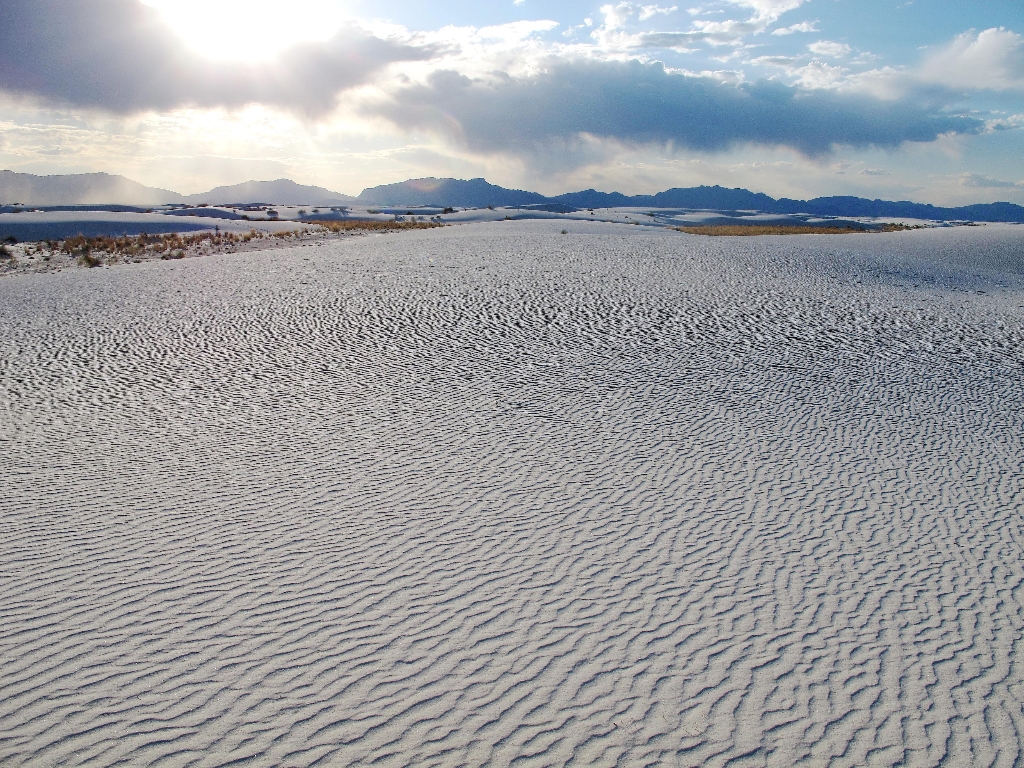
White Sands
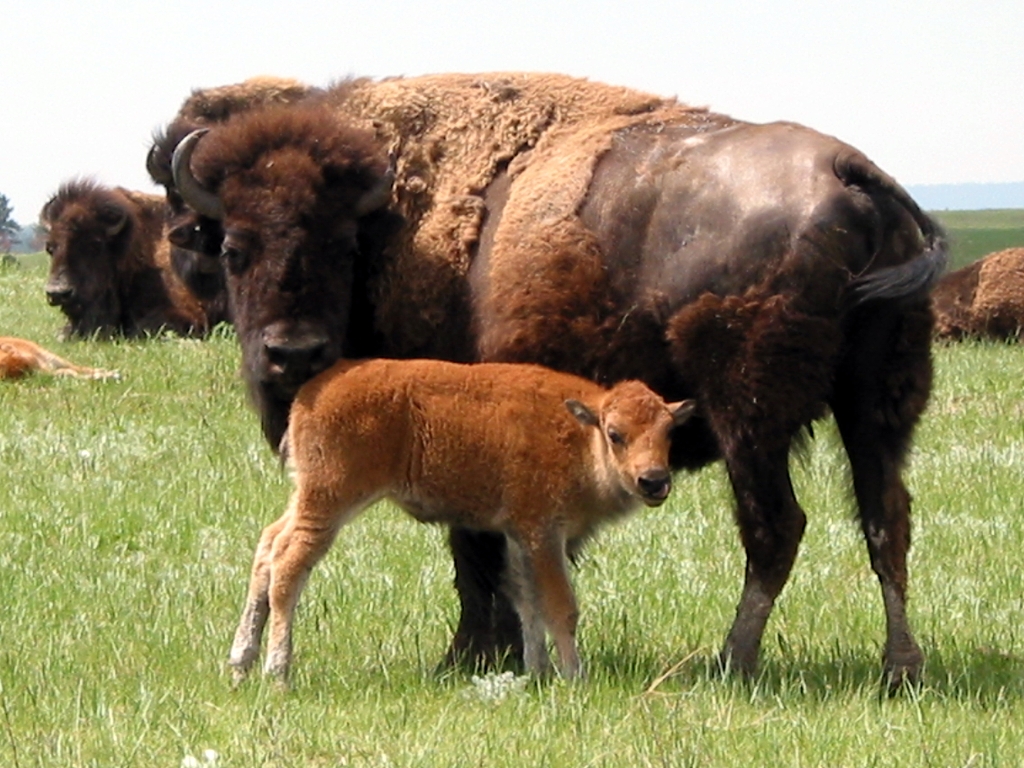
Wind Cave

Yellowstone
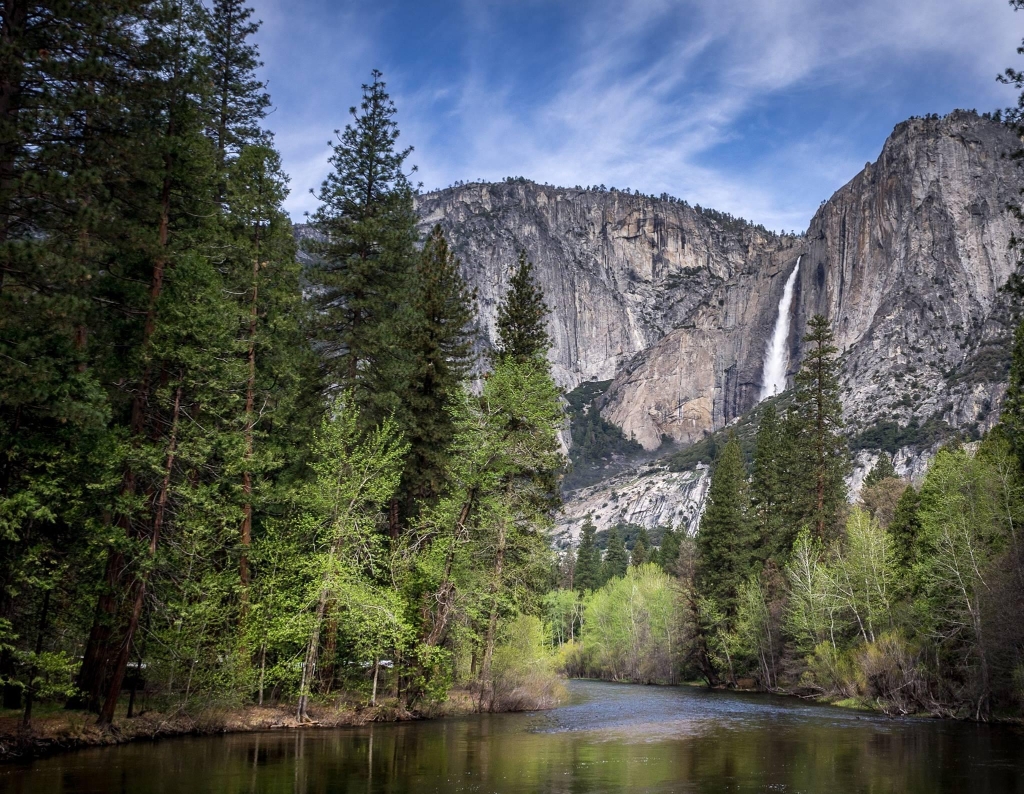
Yosemite

Zion